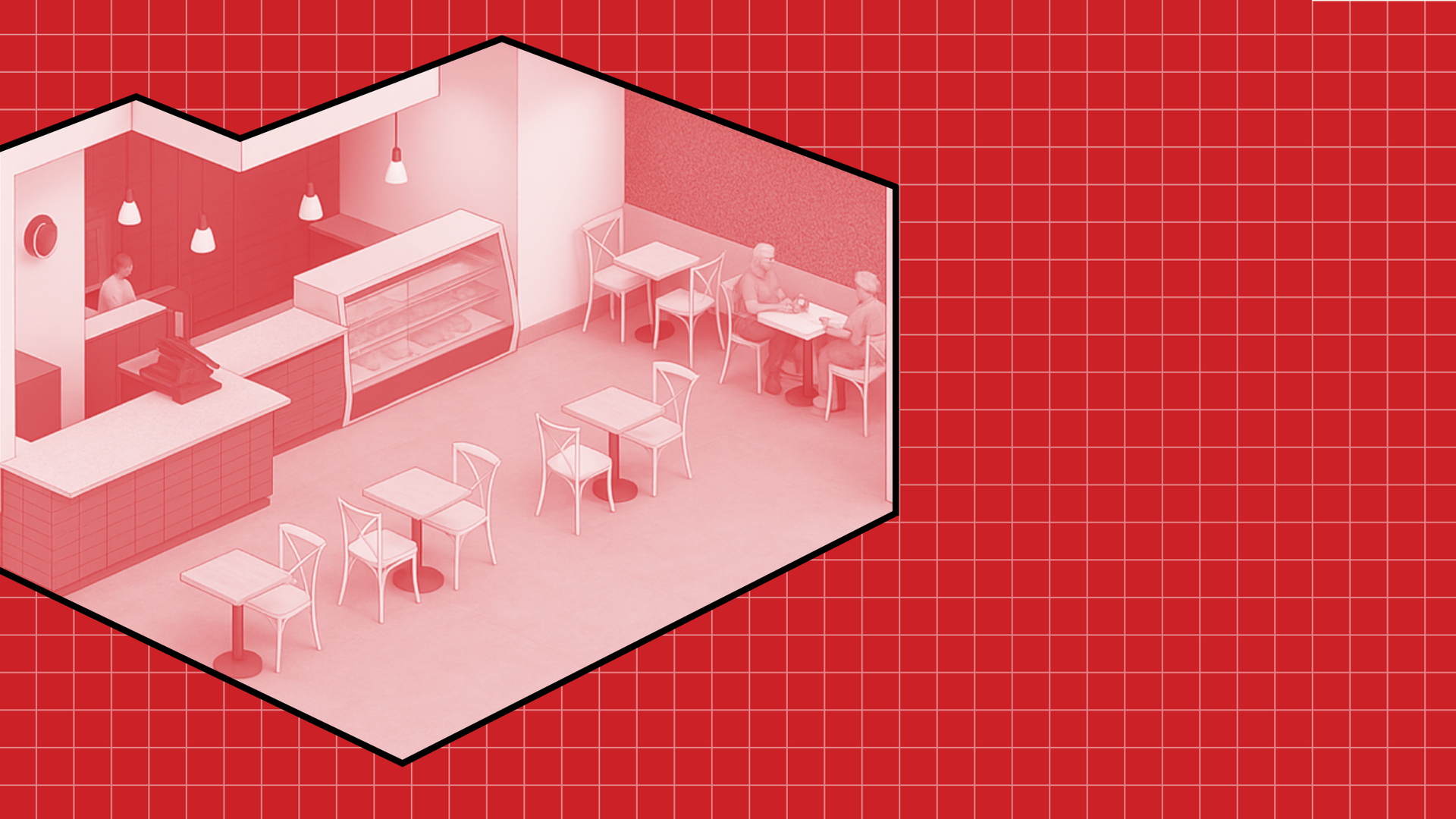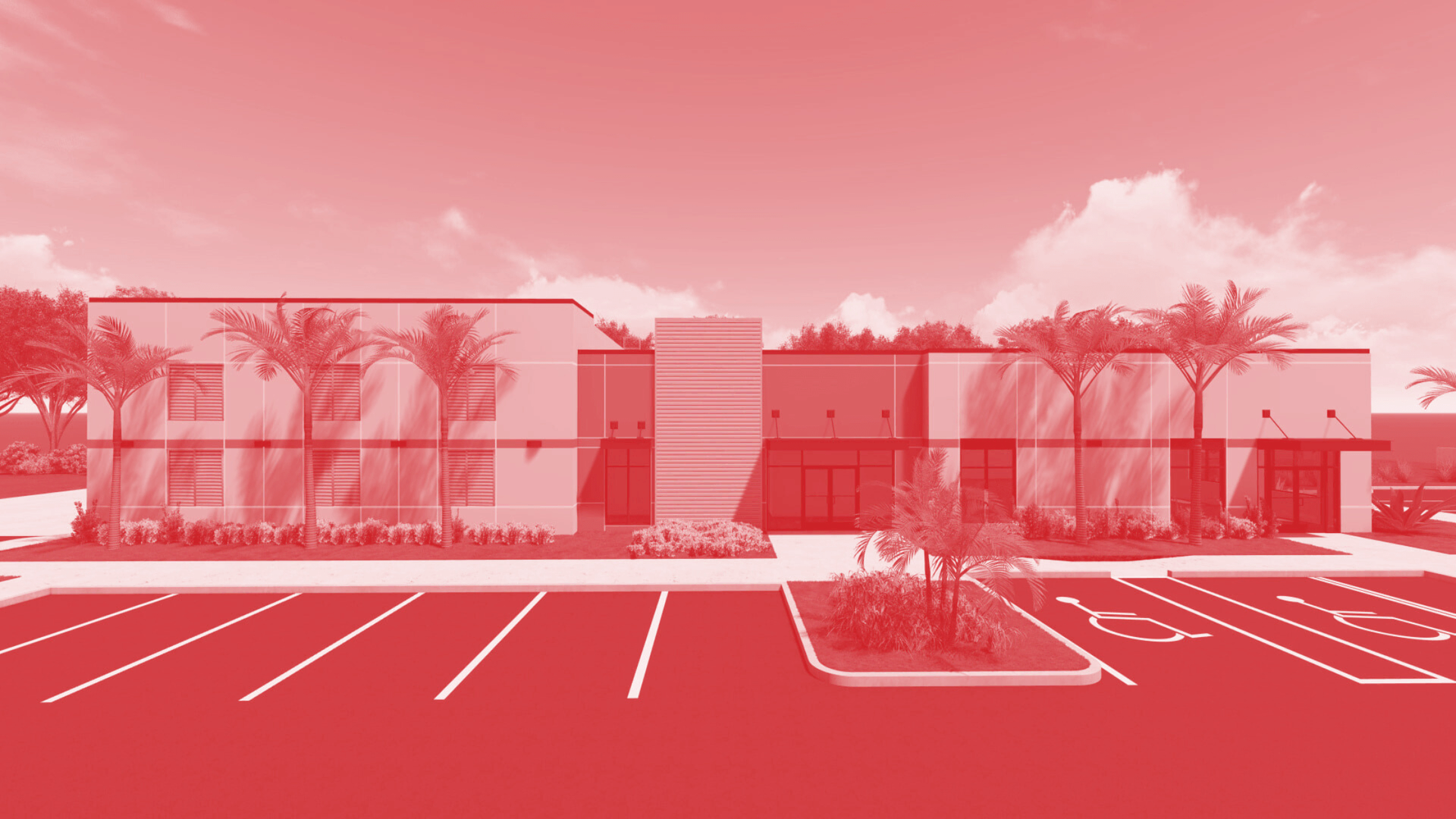Sustainability isn’t just a trend—it’s an essential part of commercial design today.
At Arcwerks, we understand that the idea of creating an eco-friendly building can feel daunting, especially when budgets are tight.
The good news? Building sustainably doesn’t have to mean overspending.
With thoughtful planning and a commitment to practical solutions, businesses can achieve “green” designs that are cost-effective and impactful.
In this blog, we’ll explore why green commercial building design matters, affordable ways to incorporate sustainability, and how to balance practicality with eco-consciousness.
Whether you’re considering a new build or a renovation, these strategies will help you create spaces that are as good for their occupants and the planet as they are for your bottom line.
Why Green Commercial Building Design Matters
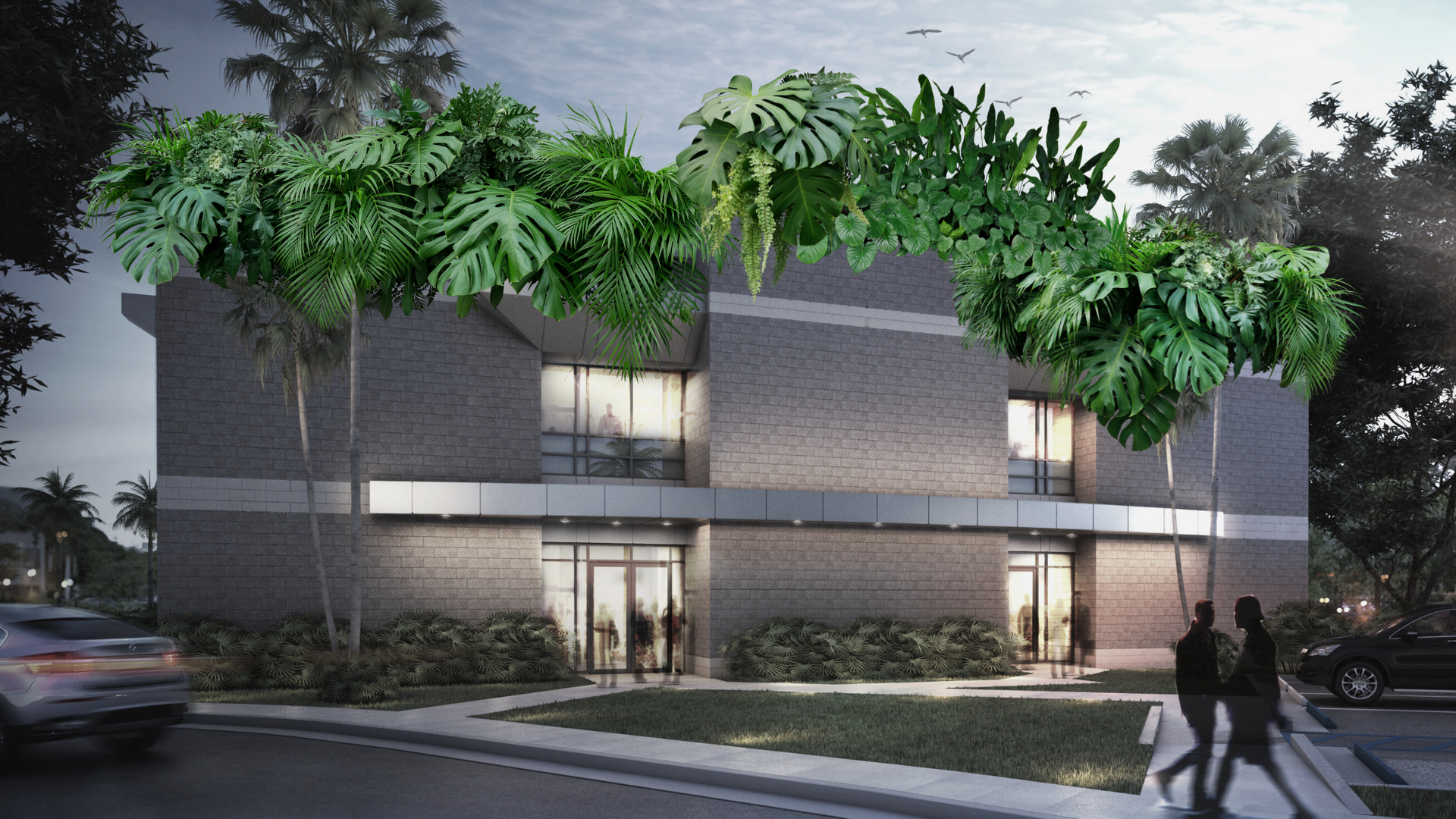
Commercial real estate has a major impact on the environment, accounting for a significant portion of global energy use and carbon emissions.
Choosing sustainable practices isn’t just good for the planet; it’s a smart business move. Here are the top 3 reasons why:
- Lower Costs: Energy-efficient systems and water-saving technologies reduce long-term utility expenses, providing tangible savings.
- Enhanced Reputation: Customers and tenants increasingly prioritize working with companies that demonstrate a commitment to sustainability. A green building can boost a brand’s public image and marketability.
- Future-Ready Design: Incorporating eco-friendly practices now prepares businesses for evolving regulations and consumer expectations.
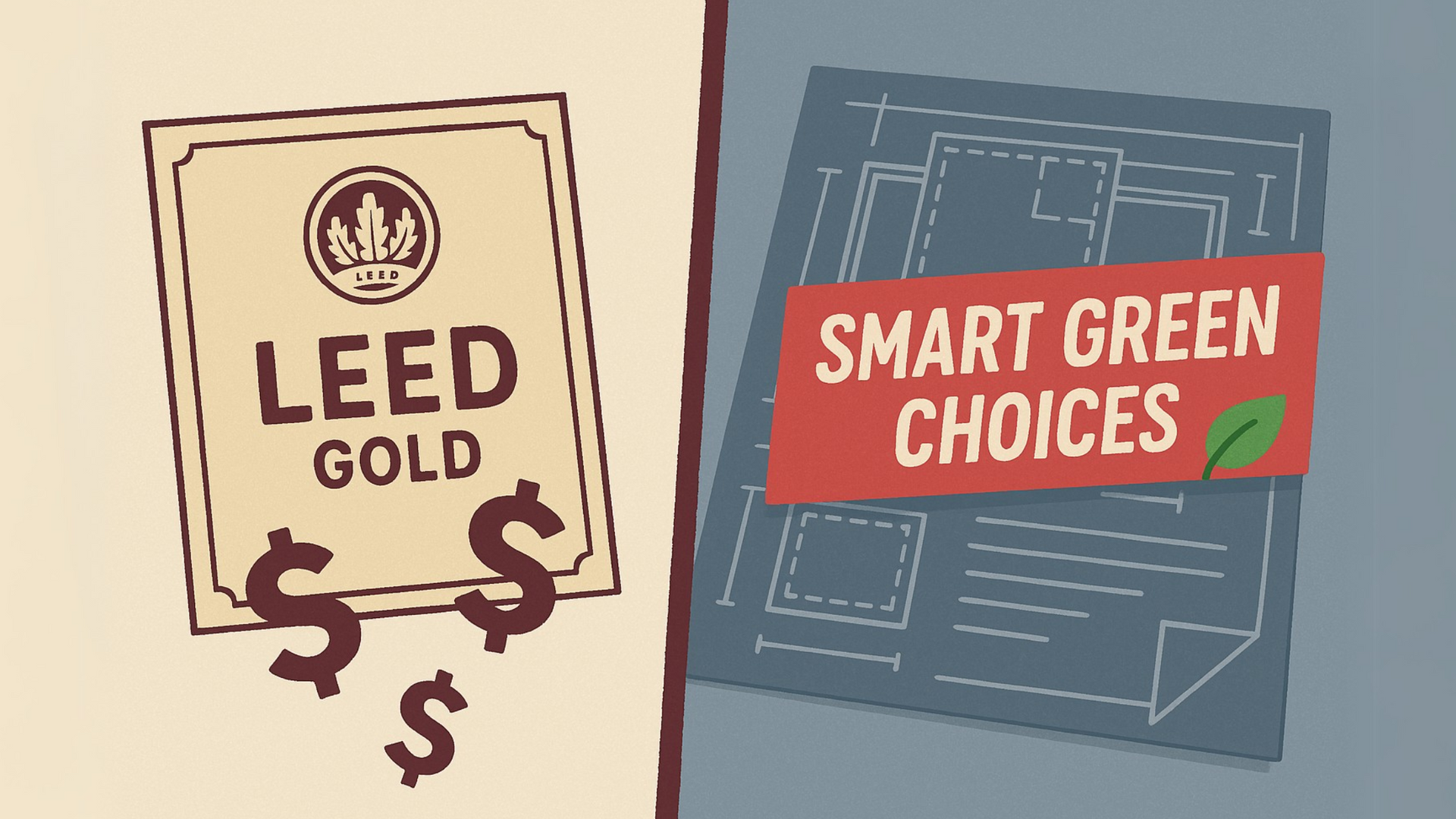
Understanding LEED Certification
LEED (Leadership in Energy and Environmental Design) certification is a globally recognized standard for sustainable building practices. It’s a mark of excellence for environmental responsibility and energy efficiency.
Rick Slazyk, principal architect at Arcwerks, is LEED-certified, reflecting a deep understanding of sustainable design and construction.
However, for many clients, pursuing full LEED certification is out of reach.
The rigorous requirements and additional costs involved in the certification process can make it challenging, especially for smaller projects or businesses with tight budgets.
But, this doesn't mean we need to fully give up on sustainability.
This approach focuses on achieving practical sustainability by using environmentally friendly products and materials, energy-efficient systems, and other affordable strategies.
Whether or not a project meets LEED standards, the impact on the environment and the client’s goals remains significant.
Although we encourage Leed Certification, we believe it is important for our clients to know that sustainability doesn’t start and stop with certification. There are a myriad of ways to incorporate eco- friendly materials and practices into every project. Every effort counts, no matter how big or small.
- Rick Slazyk AIA, NCARB, LEED AP BD+C Principal at Arcwerks
Sustainability in Everyday Design Practices
Eco-friendly design is more attainable than ever, thanks to modern building codes that already include many sustainable standards.
No matter what your level of commitment is, today’s baseline for sustainable design is already leagues ahead of where it was just 10 years ago. Clients often don’t realize that the materials, products and systems we use daily already meet higher environmental standards, which means they’re benefiting from sustainable practices automatically.
- Rick Slazyk AIA, NCARB, LEED AP BD+C Principal at Arcwerks
For example, the Arcwerks team recently transformed a small healthcare space, incorporating sustainability in ways that felt almost invisible to the client.
The use of energy-efficient lighting, low-VOC materials, and water-saving plumbing fixtures made the project environmentally responsible while helping to save the client money over the duration of their lease.
Affordable Strategies for Green Commercial Design
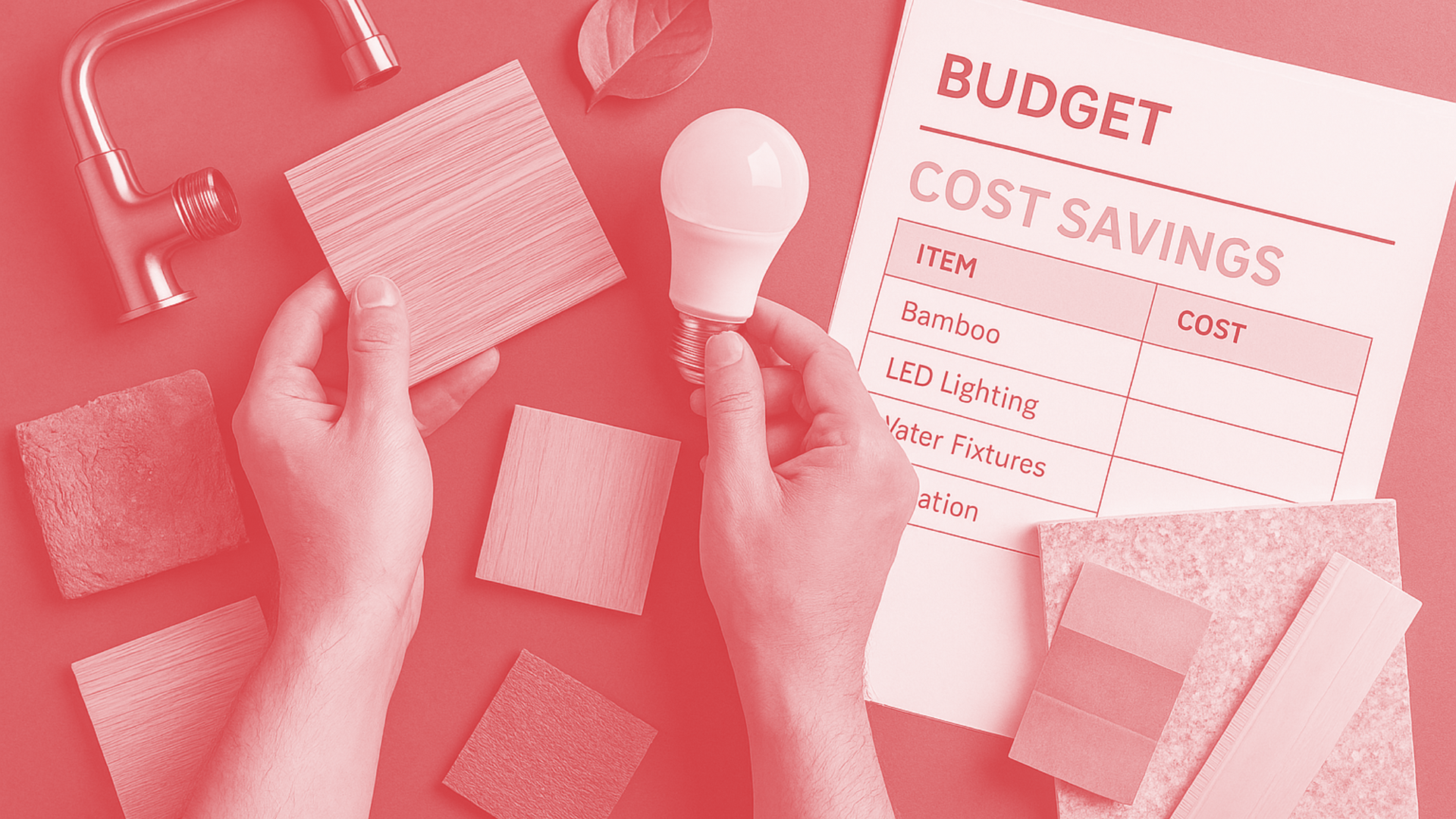
Sustainability doesn’t have to mean sacrificing affordability.
By focusing on practical, achievable strategies, businesses can integrate eco-friendly practices into their buildings without straining their budgets.
Here are some of the most effective ways to balance cost and environmental impact.
- Materials: Select cost-effective, sustainable options such as low-VOC paint, reclaimed wood or rapidly renewable materials like bamboo. Many manufacturers have embraced greener production methods, making these materials readily available.
- Energy Efficiency: Optimizing building orientation and floor layouts for natural light and ventilation reduces the need for artificial lighting and climate control. Adding LED lighting and high-performance HVAC systems further minimizes costs and energy use, improving indoor air quality while reducing the building’s environmental impact.
- Water Conservation: Install water-saving plumbing fixtures, graywater recycling systems, and rainwater collection tanks. These solutions save resources without requiring significant investment.
- Waste Management: Implement recycling programs and repurpose construction waste to minimize landfill contributions.
Even small decisions—like choosing sustainable flooring or incorporating energy-efficient lighting—can add up to big savings and a reduced environmental footprint.
Practical Steps for Ongoing Sustainability
The design of a sustainable building is only the beginning.
The way a building operates day-to-day has a lasting impact. Encouraging eco-conscious behaviors, such as recycling and water conservation, among employees or tenants can amplify a building’s green credentials.
Placing reminders in restrooms or employee break rooms like “Save water. Every drop counts,” helps foster a culture of sustainability.
Innovative additions such as rainwater capture systems for irrigation or solar panels for supplemental energy can enhance a building’s performance.
While some of these upgrades require an upfront investment, they offer long-term savings and demonstrate a strong commitment to sustainability.
Creating a sustainable commercial building doesn’t have to be complicated or costly. By focusing on practical, low-cost strategies, businesses can design spaces that are environmentally friendly, economically sound, and tailored to their needs.
At Arcwerks, we believe sustainability should be approachable and achievable for everyone. Whether it’s selecting innovative materials or designing energy-efficient layouts, we’re here to guide you every step of the way.
Ready to take the next step towards a greener commercial building?
Contact Arcwerks today to discuss how we can help you create a space that works for your business and the planet.
